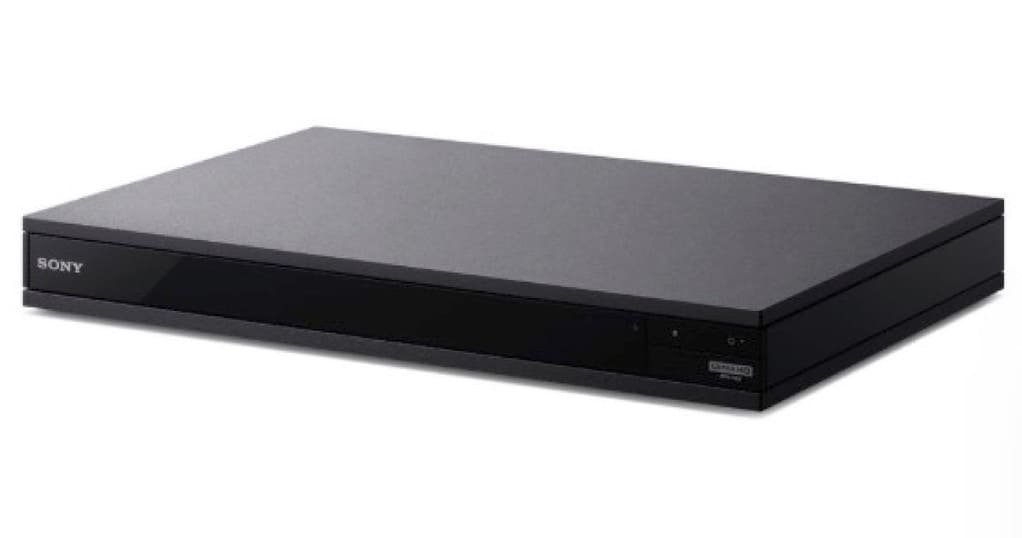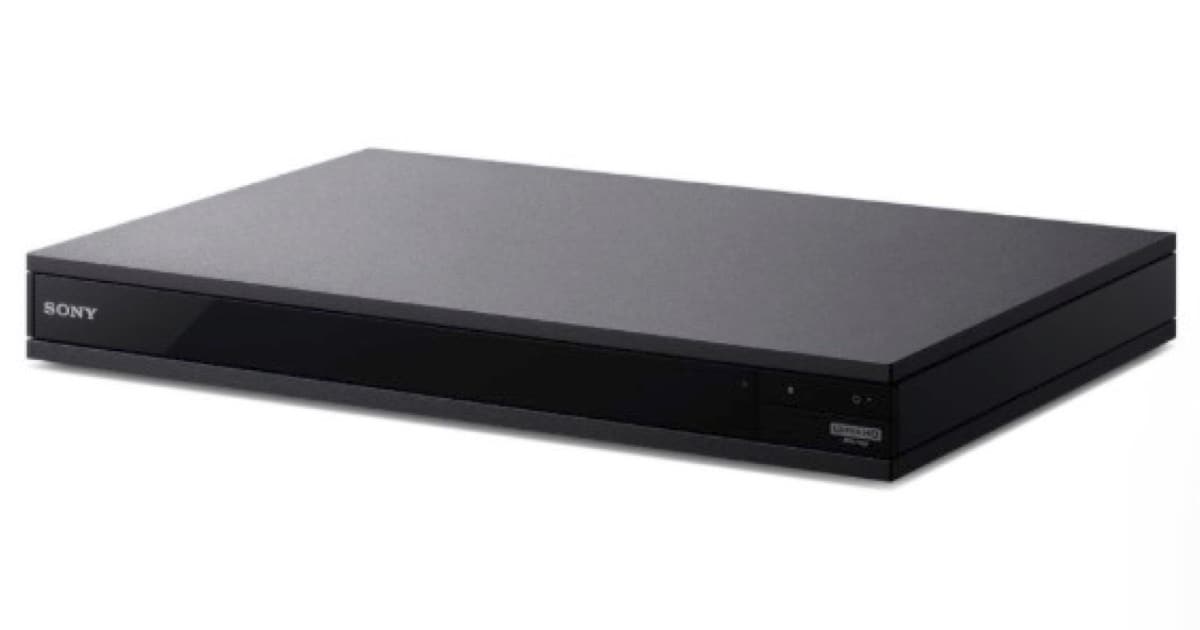Video on DVDs became wildly popular around the turn of the century. Blu-ray in 2008 got off to a slow start and never really replaced DVDs completely. Now, 4K/UHD Bu-ray is faltering even more. Why?

The evolution of 4K Blu-ray discs has been rough. That happened for several reasons.
First, may customers were happy to keep buying DVDs, and the industry was happy to keep selling them. The installed base of DVD players is huge.
Second, those who upgraded to (1080p) Blu-ray and HDTV sets we all too happy to continue with a mix of DVD and Blu-ray discs, even as the streaming revolution took hold. If they did migrate to a 4K/UHD TV, it was found that standard Blu-ray, upscaled to 4K looks pretty good.
Third, one of the most important advantages of 4K/UHD is HDR. But 4K/Blu-ray players sold in 2017 and early 2018 advertised “ready for Dolby Vision” with a later upgrade. Dolby Vision wasn’t ready out of the box, in part, because (as I understand it) the Dolby Vision profile for discs was late. Worse, some players could not even be upgraded.

As streaming video got more and more popular, the studios were enthusiastic about introducing HDR in the form of HDR10. But unexpectedly, Dolby Vision became more popular than expected. The Dolby Profile needed for 4K streaming was delivered by Dolby Labs and Netflix made a big fuss about its content. Viewers were able to watch a lot of Netflix content in 2018 as 4K/UHD/Dolby Vision.
Meanwhile, the situation with Dolby Vision on 4K Blu-ray discs was uneven. Perhaps the best known affair regarding studio inconsistency was: “‘Solo: A Star Wars Story’ 4K Blu-ray Brings More Disney Disappointment For AV Fans.” Also, I read that some customers had trouble determining if a 4K/UHD disc package was labeled as Dolby Vision. It was all very discouraging.
Finally, in short, the distribution of 4K/UHD discs mastered as Dolby Vision and the availability of 4K/UHD Blu-ray Players on which to view them was so limited and confusing in 2018 that most customers simply stuck with the their standard Blu-ray and DVD players.
Recent News
This mess continued until February, 2019. That’s when Samsung announced “that it was no longer making 4K [Blu-ray] players and has confirmed that it will also halt production on new 1080p models” for the U.S. See: “Samsung to stop making Blu-ray players.” That triggered some alarm. See: “The end of Blu-ray.” That second title is probably overly dramatic.
Of course, one nuance here is that Samsung never embraced Dolby Vision. The CNET article above points out….
One of the reasons for pulling out could be that the existing [Samsung] 4K players’ format support has lagged behind the rest of the industry. For example, instead of supporting Dolby Vision, Samsung created its own version of HDR10, called HDR10+, which was designed for use in streaming and physical media.
Samsung’s HDR10+ has not taken off.

On the other hand, Sony’s [and Apple’s] decision to support Dolby Vision has paid off, and Sony is pursuing the 4K/UHD Blu-ray disc market. See: “Sony now offers higher-end 4K player with Dolby Vision at CES 2019.”
But will Hollywood cooperate fully? This next article was published a year ago, but it nicely explains the market forces. “Hollywood doesn’t really want you to buy Ultra HD Blu-ray Discs.” This will be something to watch in 2019.
Meanwhile, the latest analysis of the overall market situation I’ve found is here. “Reasons why 4K Ultra HD Blu-ray is dying before it really started.”
So it’s a mixed bag. Purist cinephiles will buy niche 4K/UHD Dolby Vision Blu-ray disc players, but streaming in 4K/UHD Dolby Vision will eventually supplant standard HD streaming.
And it’s unlikely we’ll ever see an 8K Blu-ray format. Plastic discs will eventually go the way of VHS tapes.

The ultimate video resolution is 16K.